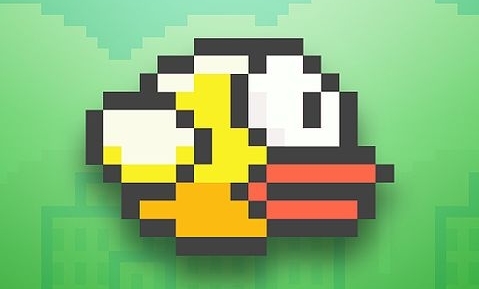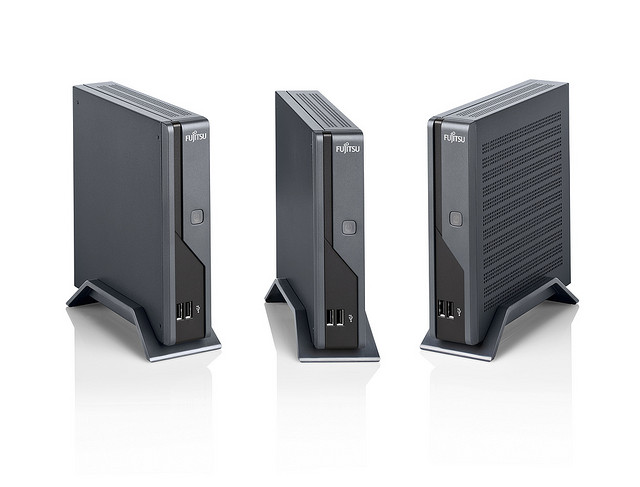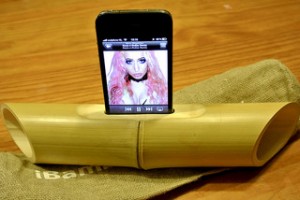Useful Low-Tech in the Hi-Tech Age: From Flappy Bird to Bat Ears
Are you one of those enamored by Flappy Bird? It surely caught the attention of gamers worldwide to become one of the most popular games on mobile devices. What makes the Flappy Bird popularity interesting is the fact that the game looks so outdated. It’s like low tech on a high tech platform. It’s a very simple game that calls to mind the many low-tech products we have that are still very useful and practical for modern use.
Low Resolution Graphics (Flappy Bird)
As mentioned earlier, Flappy Bird is a good example of how useful low tech can be in the high tech world. This extremely popular game has been downloaded by more than 50 million users worldwide. It’s a smash hit despite the graphics that smacks of 80’s family computer imagery, contrasting the super high resolution displays of most modern smartphones. If you are new to the game, you would probably be thinking that it’s an emulation of an 80’s game.
Even the gameplay is very basic. You just have to tap and tap and…die…and play again? It’s really interesting how it became very popular. Unfortunately, the game’s developer announced that Flappy Bird will be taken down from the app stores. The game’s developer thought the game’s success has been overhyped and he says his life has changed—not for the better—with Flappy Bird’s success.
Thin Client Box
We’re not sure why this relatively low-tech product (in comparison to thin laptops, tablets, and smartphones) never made it big. It may may not be designed to capitalize on wireless connections but it is certainly one useful device every home, office, or school can make good use of. A thin client box can make one computer into two or more, spreading out the excessive computing power of today’s desktop computers. It is not in line with where tech trends are heading but it is one technology worth having even in the midst of super thin wirelessly connected computers.
E-ink
E-ink technology is far older than AMOLED and IPS display technology. However, it is still one useful relatively old
technology that should continue to be used at present. Think of the advantages of having a dual-screen smartphone that wields both LCD/AMOLED and e-ink displays. With this kind of setup, the significantly less power-consuming e-ink display can be used for reading text messages or e-books while the colorful LCD side will be devoted to videos and photos. This can mean a big advantage for battery saving.
RCA TV Internet Box (for Analog TVs)
Many of the TV Internet boxes available now have already ditched the RCA ports. Unfortunately, many still use analog TVs so the HDMI-only connections of these new TV Internet boxes are not compatible. It’s great to know that there are some stores that sell these TV boxes designed for analog televisions. They make use of RCA cables to connect to the TV and deliver Internet connection and the ability to play digital media from various types of memory cards.
So, if you have that old Trinitron or some CRT boob tube, make it smarter by getting an RCA port bearing TV box. Bring the power of today’s multimedia ecosystem to your old but still useful TV. You don’t really have to upgrade to a new TV to get a smart TV.
Bamboo Amplifier
Is it possible to amplify your smartphone’s sound without using electricity? Apparently, this is possible with a lowly bamboo amplifier. This “amplifier” does not really amplify sound but channels audio waves to a particular direction to create the impression of increased loudness. It effectively makes smartphone speakers perceivably louder although it can’t add anything to the bass levels. It works in a way similar to how your iPhone sounds louder when you put it on a bowl.
Bat Ears
If the bamboo amplifier was about enhancing audio emission, bat ears are intended to maximize sound wave reception. These light head-worn accessories are not electrically powered. They are a simple gear that extends the sound gathering capability of the ears. They have been given the name because of how they make the wearer look like a bat with the conspicuously protruding large ears. They may not compare to the amplifying power of modern hearing aids but they continue to be useful as a cheap alternative to battery-operated hearing aids.
Having advanced into better technologies does not mean we should completely leave older ones that are still very much usable and efficient. Tech improvements should mean improvements in usability and dependable function; not just the bragging rights associated with the possession of such newer technologies.


